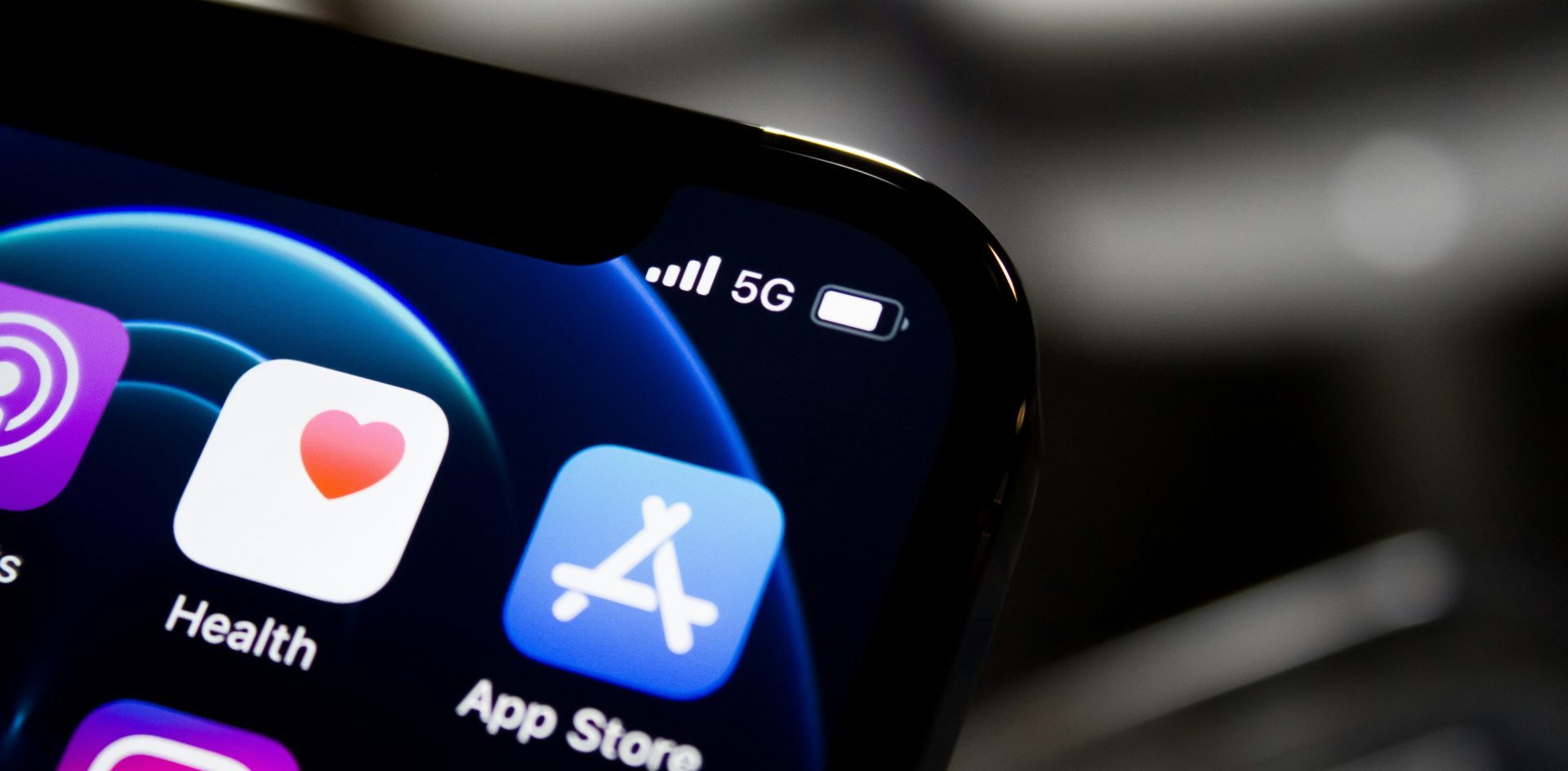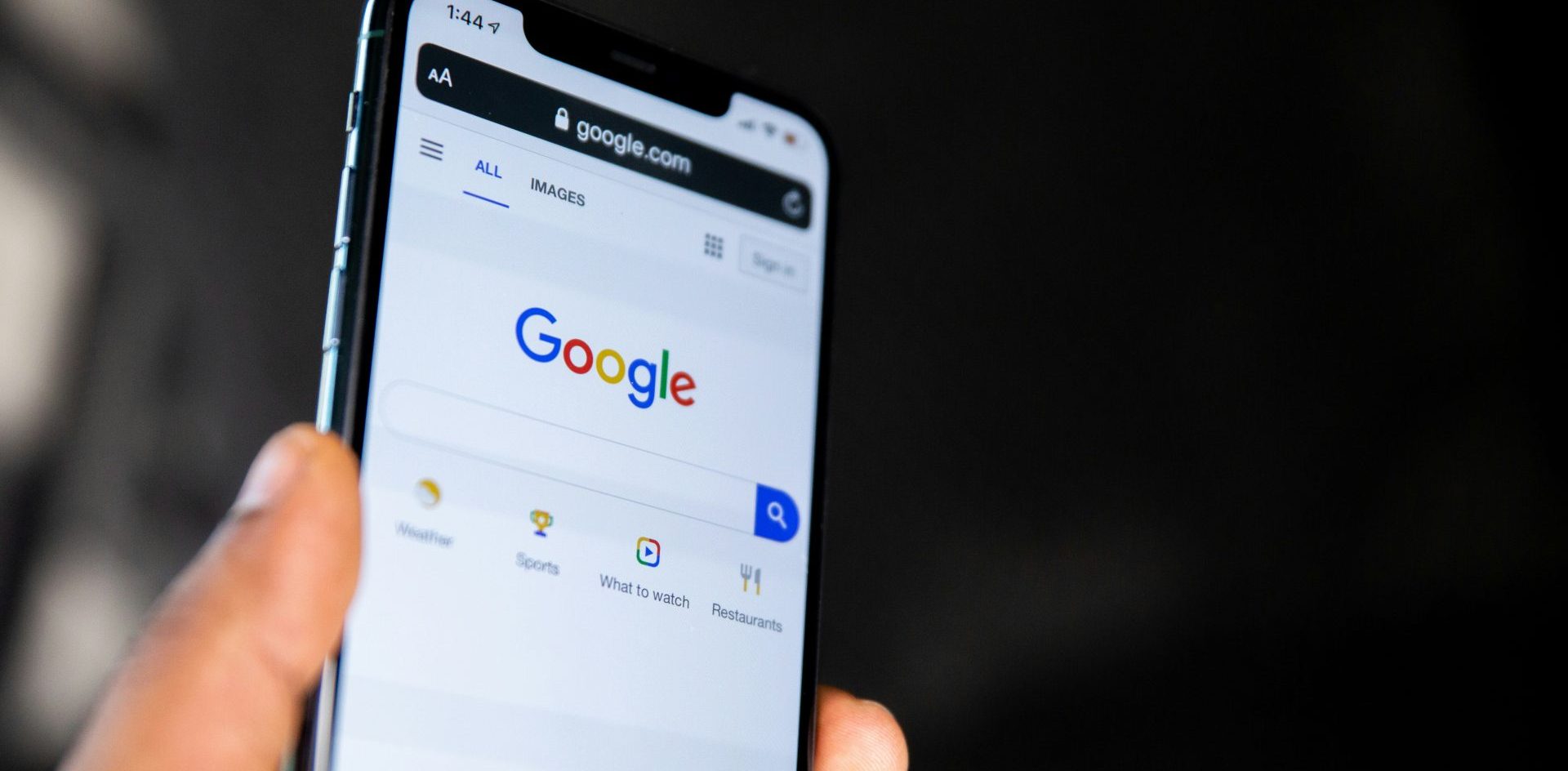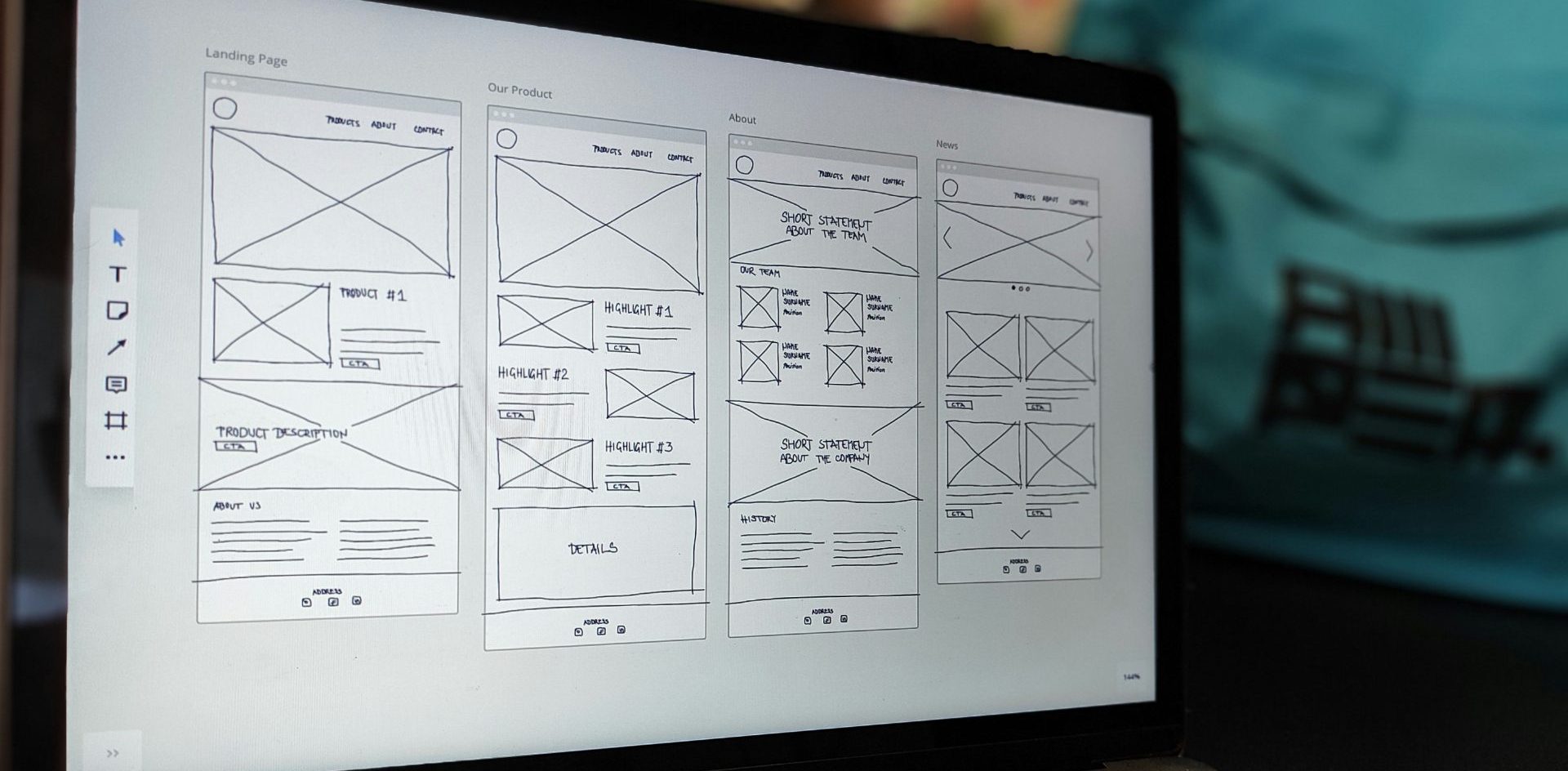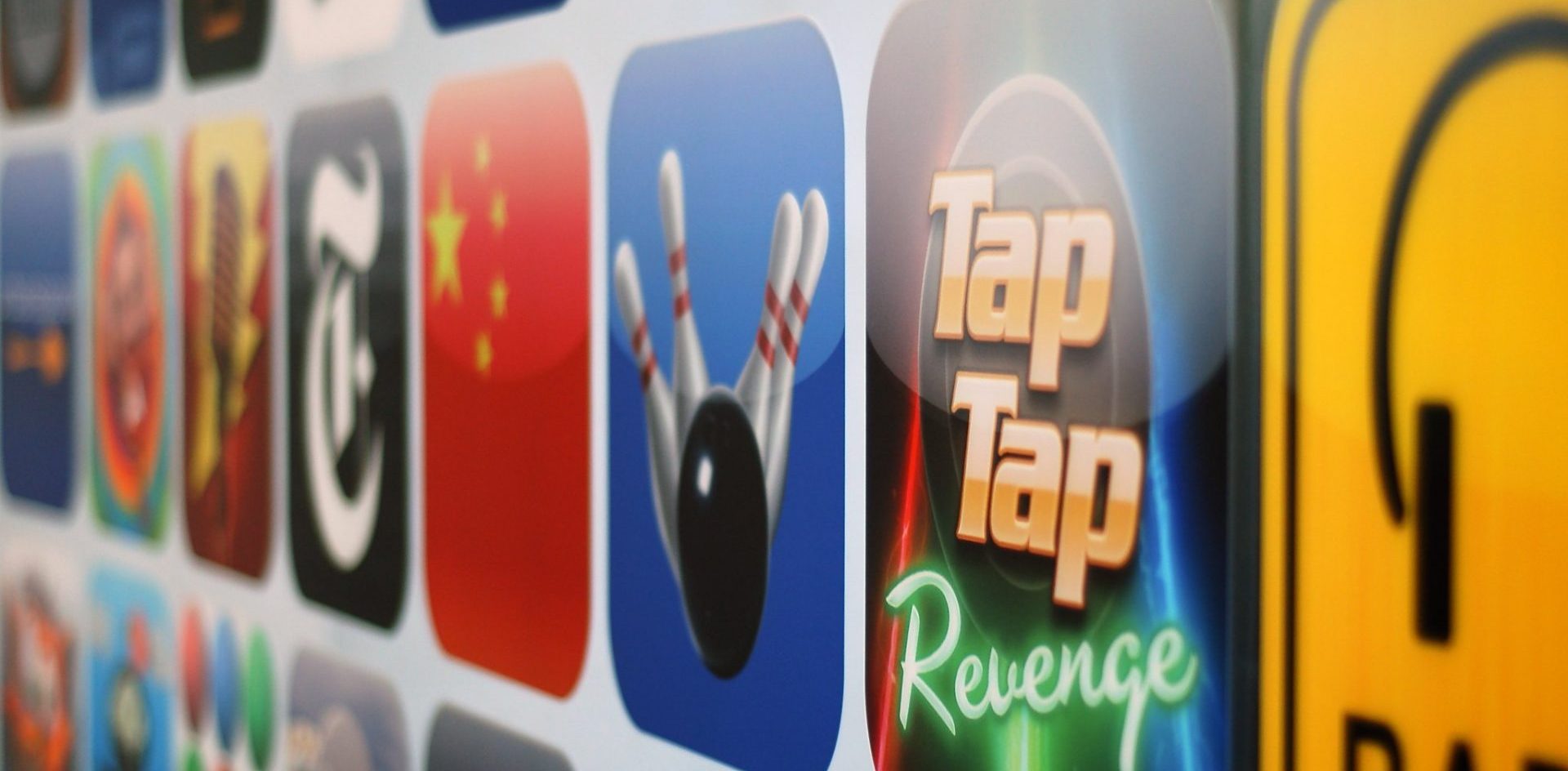
Strategic Guides
Strategic Guides
Push notifications help publishers engage and retain users. This strategic guide written by Pugpig’s Kevin Anderson for the Mobile Matters community covers the best practices on how to get users to opt-in and stay engaged with your push notifications.
17th September 2024

Push notifications are a powerful tool to keep your users engaged, informed, and returning to your app. In this Mobile Matters guide, we’ll explore best practices for using push notifications effectively, from segmenting your audience to finding the right frequency. This guide will help you create a strategic push notification strategy that builds long-term user loyalty.
To chat all things push notifications, onboarding, analytics and more with others in the industry, our Mobile Matters community is the place to be. Find out what’s working for other publishers, exchange tips and tricks, and share your journey.
If you’ve worked hard to help people discover your app through marketing campaigns and application store optimisation, you want to retain those users. One of the best ways to keep users and prevent them from churning is to actively use push notifications as part of your onboarding and engagement strategies. Put another way, 95% of users will churn if they opted in to receive push notifications but didn’t receive a push notification in the first 90 days, according to push provider Airship.
The first step of any good push notification strategy is to get users to opt-in to receive push notifications, and that’s why it’s important to communicate the value of push notifications in your onboarding. You will want to do this using multiple channels including the welcome screens of your app but also other channels including print, web, social and email.
The Audiencers, which covers subscription and registration strategies, reviewed a number of onboarding email series from major newspapers and magazines. In a review of The Economist’s onboarding process, they found how a welcome series of emails immediately encouraged new subscribers to download their app. Two days after subscribing, they received a message from the editor. The series does a great job of communicating the value of their new subscription.
In addition to encouraging new subscribers to download your app and sign up to receive podcasts and newsletters, this is a great time to communicate the value of staying up to date by opting-in to receive push notifications. But it doesn’t need to stop there. Think of how you can use newsletters and other marketing efforts to encourage your users to opt-in to your push notifications.
It is also worth considering Apple’s provisional notifications capability, which automatically opts in users for notifications from an app but will be delivered quietly – meaning that they will not trigger a banner or a sound but instead will go directly to the Notification Centre. And its also worth noting that Siri will suggest quiet delivery for notifications for apps that users rarely interact with. It’s another reason to monitor and optimise your push efforts to keep users engaged.
Analysing more than 10.5 m media app users across 727 apps over three years, Airship found that opt-in rates for push notifications were lower for media apps than other sectors, only 60% overall, with 68% of Android users opting in and only 47% of iOS users opting in. That compares to 75% opt-in for retail apps, with more than 92% of Android users opting to receive retail push notifications.
For media apps, Airship found that even sending one message in the first 90 days after a user downloads an app improves retention rates by 147% and by sending more than one push daily increased 90-day retention rates by 285%. “While many mobile pros worry about over-messaging app users, their real worry should be under-messaging app users,” Airship said.
More than you might think, especially for news applications. For news and information apps, 40% of users in a YouGov survey in the US expect messages a few times a day, and VWO Engage found a similarly higher tolerance for higher rates of push notifications amongst users of media, publishing and blogging. It wasn’t until users received more than 10 notifications per day from media and publishing apps that there was a noticeable uptick in notification opt-outs.
Users are a lot more forgiving than you might think about the number of push notifications that they are willing to receive from you.
While users might be more open to more push notifications from media and publishing apps, that doesn’t mean that they will click through on all of those notifications. Messaging platform provider Custmer.io says that the median open rate for push notifications is 4.6% for Android users and 3.1% on iOS, and CleverTap found only 1.69% of iOS users and 1.31% of Android users clicked on a push notification.
The honest answer is that it depends on a number of factors including what kind of content you produce and your audience.
If you are a news producer and you have breaking news, you will want to send the push right away, including times when you might not even have a story up. This is especially true for news that might affect your audience such as traffic or weather. You will know from your analytics that your app users check in and browse headlines first thing in the morning, often indicated by a higher number of screen views and lower average time per screen than at other times of the day. Several news organisations like the New York Times, The Economist and the Washington Post have leaned into this behaviour with a push notification that summarises the first news of the day.
However, not all stories from a news organisation need to be pushed right away, and then whether you are a news organisation, a consumer title or a B2B publisher, you will need to rely on solid product management strategies that include user research and structured experiments. And you can apply knowledge that you have from your analytics and data from other products such as newsletters to push notifications.
Here are some ideas for questions for users or experiments that you might want to run, depending on the kind of content that you produce:
The right message to the right audience at the right time to engage them is the goal, and experimentation and sophisticated notification tools can help you achieve it.
Here is some data that explains why this user research is important and also some general day about when users prefer push notifications:
Push notifications are crucial for retaining and engaging app users, dramatically boosting retention when used strategically. By optimizing opt-ins, timing, and frequency, you can keep users engaged while reducing churn. The key is delivering value consistently without overwhelming your audience.
To join the conversation and stay ahead with the latest insights, tools, and best practices for push notifications and mobile app growth, join the Mobile Matters community. Connect with industry peers to share knowledge, highlight what’s working for you and elevate your app strategy.
Mobile Matters is the go-to community designed specifically for publishing professionals to talk mobile. Connect with industry peers to exchange tips, tricks, and best practices on topics that matter most to you, and stay ahead of the curve through expert-led discussions and shared resources.

Strategic Guides

Strategic Guides

Strategic Guides

Strategic Guides

Strategic Guides